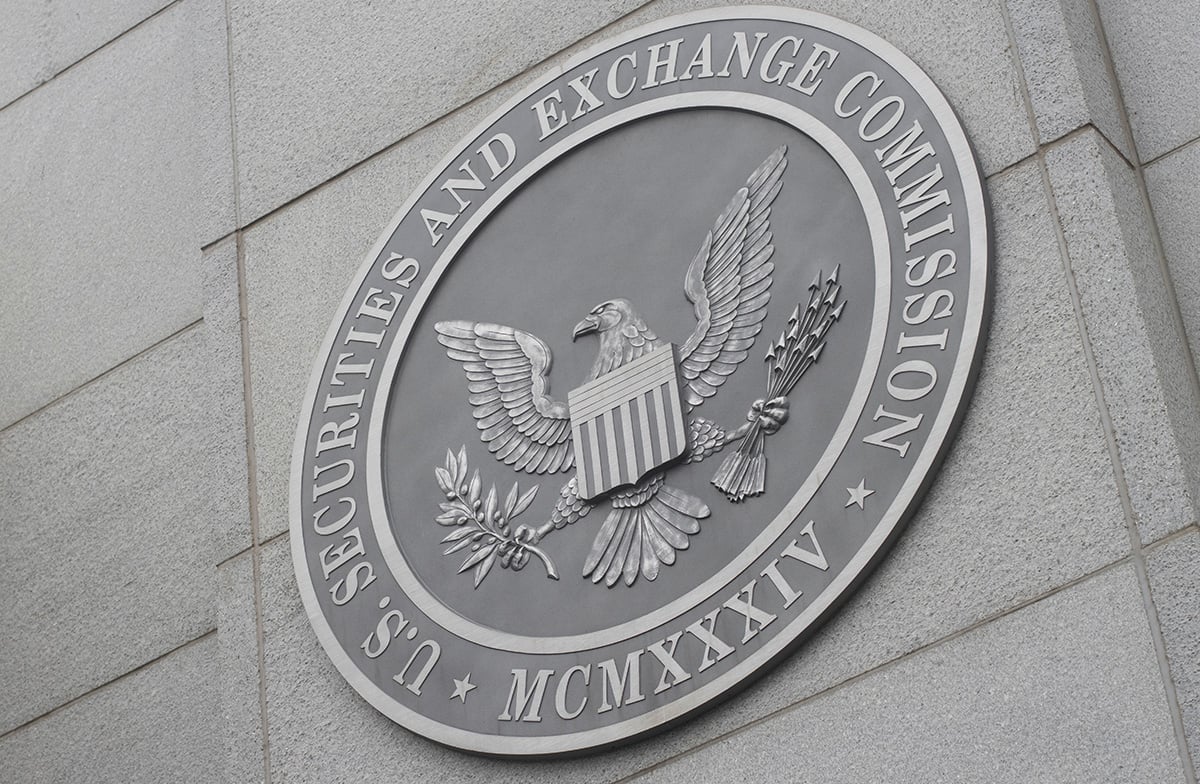MetaMask Token Launch Appears Imminent as ConsenSys CEO Confirms Plans
Consensys CEO and Ethereum co-founder Joseph Lubin has suggested that a long-anticipated MetaMask token may be closer to launch than previously expected, signaling a new phase for the widely used self-custodial wallet.
Lubin Hints at Imminent Launch
In a recent interview with The Block, Joseph Lubin addressed years of speculation about whether MetaMask would issue its own token. Without giving a specific date, he said,
The statement marks the most definitive acknowledgment to date from Consensys leadership regarding plans for a token. Industry watchers expect that the token would play a role in decentralizing governance and potentially reward MetaMask’s active user base.
MetaMask co-founder Dan Finlay also weighed in on the possibility of a launch, highlighting that if a token is introduced, it would be promoted directly inside the wallet itself.
MetaMask’s Expanding Ecosystem
MetaMask, developed by ConsenSys, has grown into one of the most prominent gateways for decentralized finance and Web3 applications. The wallet allows users to hold digital assets, manage private keys, and interact with Ethereum-based and EVM-compatible networks.
MetaMask introduced MetaMask USD (mUSD), a stablecoin integrated into the wallet, enabling seamless holdings, payments, and trading. The platform has also bolstered its security framework, addressing browser vulnerabilities and enhancing user protection. New features, such as a Linea network page in its portfolio view, highlight dApps, tokens, and NFTs built on Linea, further embedding users into ConsenSys’s ecosystem.
Linea Integration and Future Opportunities
Lubin suggested that ConsenSys’s layer-2 solution, Linea, could become central to the rollout of the MetaMask token. Linea is a zkEVM-based blockchain designed to lower transaction costs while maintaining Ethereum-level security. It is directly integrated with MetaMask, offering users simple connections to its mainnet and testnets through preconfigured endpoints.
Lubin has previously noted that Linea will expand reward opportunities across ConsenSys platforms and other protocols, reinforcing speculation that the MetaMask token could be linked to participation in the Linea ecosystem.
Years of Speculation Near Resolution
Rumors surrounding a MetaMask token have circulated since 2021, following similar moves by wallet providers that introduced native tokens to incentivize usage and decentralize governance. With Lubin’s latest comments, anticipation is mounting that ConsenSys may finally deliver on these expectations.
If launched, the MetaMask token would mark a significant step in ConsenSys’s broader strategy to enhance ecosystem participation, reward active users, and further integrate its suite of Ethereum-based tools, from MetaMask to Infura and Linea.
Disclaimer: This article is provided for informational purposes only. It is not offered or intended to be used as legal, tax, investment, financial, or other advice
También te puede interesar

Biotech firm Propanc secures $100m for digital asset acquisition

Interpreting ERC-8021 Proposal: Does it allow Ethereum to replicate the wealth-creation myth of Hyperliquid's developers?
